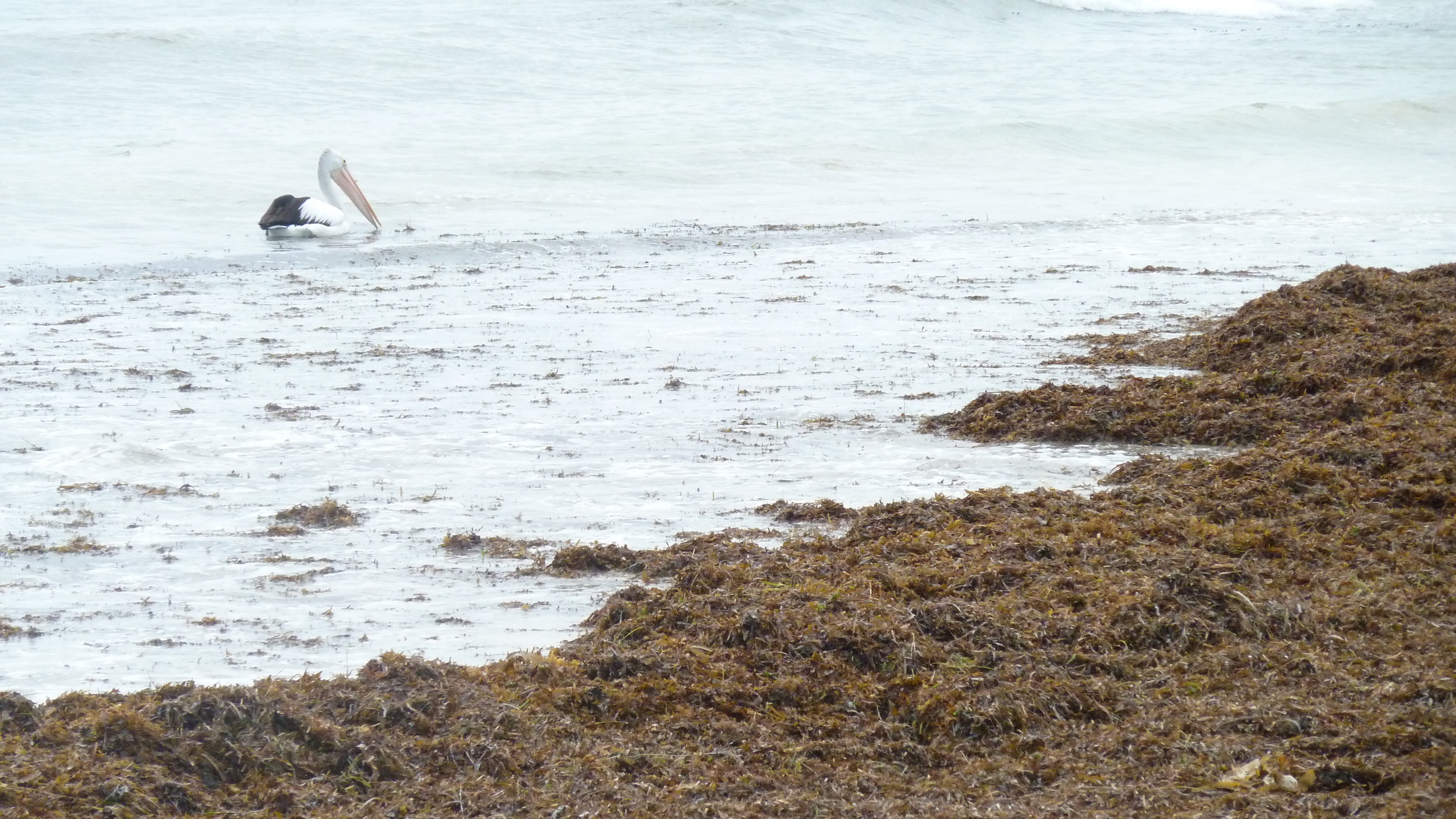Taking control of our beach wrack
/The usual winter blankets of seaweed and seagrass are again covering local beaches in abundance.
This mix of seaweed and seagrass, (collectively known as beach wrack) creates smells that can be considered a nuisance by some beach goers.
However, beach wrack plays a vital role in our coastal ecosystem by recycling nutrients back into food chains that include popular recreational fish species such as herring. Wrack also helps protect beaches from erosion by stopping waves washing sand away and assisting the formation of protective dunes.
The Northern Agricultural Catchments Council (NACC) is engaged in a project to discover how much wrack washes onto Geraldton beaches, what it is made of and what happens to it.
Learning more about wrack dynamics on our coast will help us strike a balance between wrack removal, or beach grooming as it is sometimes called, and maintenance of important coastal processes.
According to Dr Mic Payne, Coastal and Marine Program Coordinator at NACC, “Some types of wrack are better at preventing erosion than others and it would be a sensible strategy to leave this wrack on eroding beaches such as Drummonds”.
The study will make use of video taken by an unmanned aerial vehicle (UAV) flying over beaches between Pages to Southgates. This video will be combined with on-ground photos taken at the same time to provide estimates of wrack volumes.
In addition to video and photos NACC, in conjuction with Edith Cowan University, will be organising wrack monitoring workshops in June to accurately measure beach wrack volumes, sort wrack into its different components and conduct invertebrate and nutrient sampling.
If you are interested in these workshops or would like further information on this project please contact Felicity Beswisk on 9938 0108 or felicity.beswick@nacc.com.au.


